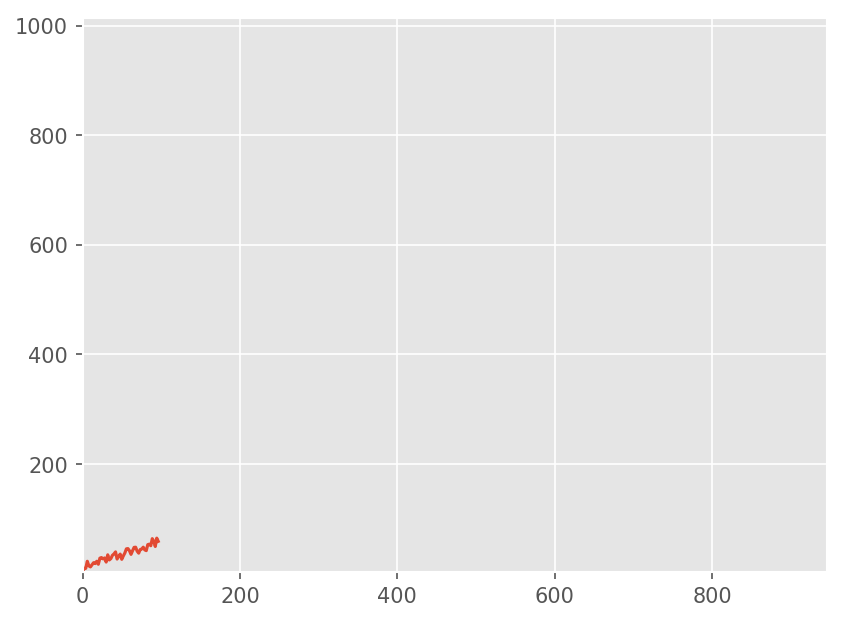旧问题,很多好的答案,但仍然可能对另一种选择感兴趣。
numpngw我最近在github(https://github.com/WarrenWeckesser/numpngw)上放置的模块可以从numpy数组编写动画PNG文件。(更新:numpngw现在在pypi上:https : //pypi.python.org/pypi/numpngw)
例如,此脚本:
import numpy as np
import numpngw
img0 = np.zeros((64, 64, 3), dtype=np.uint8)
img0[:32, :32, :] = 255
img1 = np.zeros((64, 64, 3), dtype=np.uint8)
img1[32:, :32, 0] = 255
img2 = np.zeros((64, 64, 3), dtype=np.uint8)
img2[32:, 32:, 1] = 255
img3 = np.zeros((64, 64, 3), dtype=np.uint8)
img3[:32, 32:, 2] = 255
seq = [img0, img1, img2, img3]
for img in seq:
img[16:-16, 16:-16] = 127
img[0, :] = 127
img[-1, :] = 127
img[:, 0] = 127
img[:, -1] = 127
numpngw.write_apng('foo.png', seq, delay=250, use_palette=True)
创建:

您将需要一个支持动画PNG(直接或通过插件)的浏览器来观看动画。






